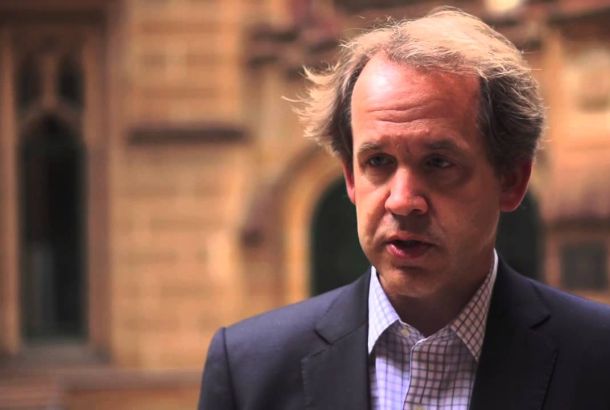New technique to determine source of greenhouse gasses
By Aryan Safavi
To determine the human impact on the Earth’s climate is a persistent concern for scientists and world leaders alike. There has long been an issue over distinguishing between man-made and natural biological sources of the carbon dioxide in the air.
University of Colorado researchers John Miller and Scott Lehman led a study that aimed to discover a difference between carbon dioxide present in the air from burning fossil fuels, and carbon dioxide from natural sources such as plant respiration.
The report’s lead author, Lehman, was positive about the study’s potential impact: “We think the approach offered by this study can increase the accuracy of emissions detection and verification for fossil fuel combustion and a host of other man-made gases.”
According to Miller, emissions from burning fossil fuels have inflated the Earth’s atmospheric concentrations of carbon dioxide (CO2) from 280 parts per million at the beginning of the 1800s, to modern day levels of 390 parts per million. The current prevailing opinion amongst climate scientists is that this concentration of greenhouse gases leads to rising global temperatures. The greenhouse effect is a natural process necessary to maintain life by trapping some of the sun’s energy in the atmosphere. However the belief is that rising temperatures are caused by a human-driven increase in this effect through an increased presence of certain ‘greenhouse gases’ in the atmosphere such as CO2.
The method tested uses the rare radioactive isotope Carbon-14. It is produced when cosmic rays hit nitrogen molecules in the atmosphere. Atoms of the same element can be made of different numbers of sub-atomic neutrons, each of these possibilities is a different isotope, and the report found that this concentration of the Carbon-14 (carbon with 14 neutrons) isotope can be measured to determine the CO2 source.
Fossil fuels buried underground for millions of years contain limited amounts of the radioactive isotope since every 5,700 years the concentration of the isotope in the substance halves. The fossil fuels, which are the remains of ancient plants and animals buried under the ground millions of years ago, no longer contain significant amounts of the decayed radioactive carbon, so neither does the CO2 emissions from when the fuel is burnt. Whilst carbon dioxide in the atmosphere produced by living biological organism is rich in Carbon-14.
Miller believes that this method will be useful to test and compliment the current regulatory system in which countries provide data on fossil fuels burnt and emissions: “While the accounting-based approach is probably accurate at global scales, the uncertainties rise for smaller-scale regions.
“And as CO2 emissions targets become more widespread, there may be a greater temptation to under-report. But we’ll be able to see through that.”
In such a critical field of science and policy, so vehemently debated and a source of imminent fear for humanity’s survival, any new techniques available to understand carbon dioxide release and distribution are welcome. Jane Burston, head of the Centre for Carbon Measurement at the UK’s National Physical Laboratory, recognised “The more measurements we have from different sources, the more accurate we can make them all.”







